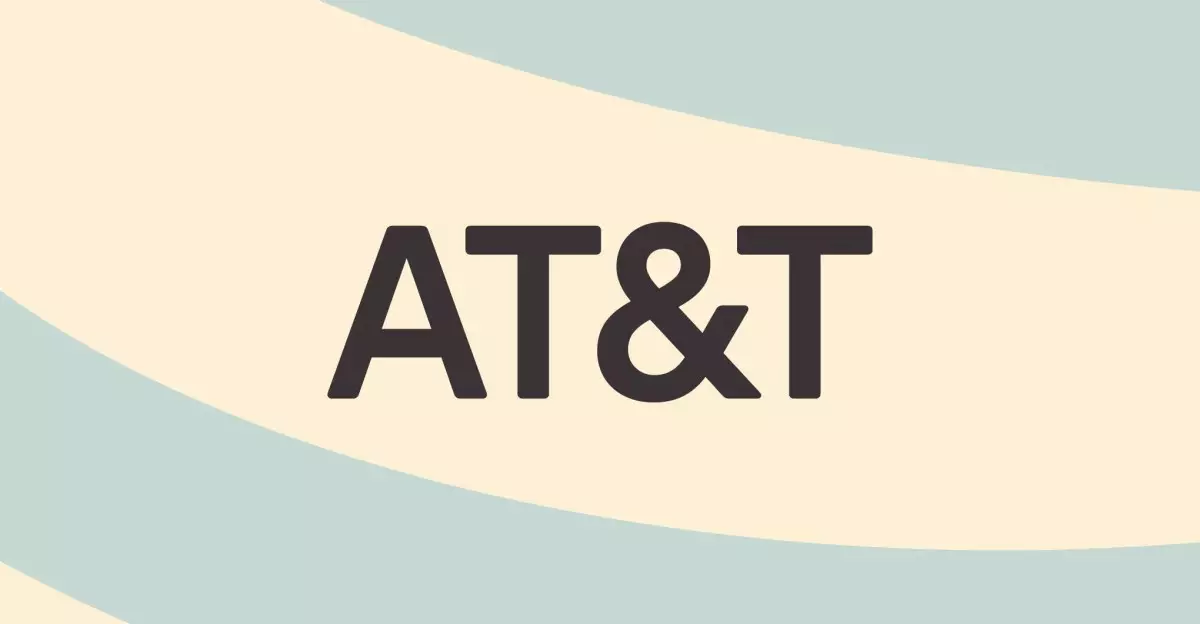AT&T has recently rolled out a new feature that seeks to enhance the calling experience for its Android users. By providing an indication of why a business is calling through the incoming call screen, AT&T aims to bridge the gap between customer service and user convenience. However, this feature is only functional for customers within its network, which raises questions about its overall practicality and reach.
The functioning of this new tool is relatively straightforward. When a business makes a call to a customer, it has the option to display a pre-defined message such as “reminder for refill” or “your order has arrived.” This context is not only presented on the call screen but also appears in the call details, allowing users to quickly ascertain the nature of the call without answering. This implementation may ideally reduce the anxiety associated with unknown callers, yet it requires active participation from businesses, which may limit its use in real-world scenarios.
Also, users will not need to take any extra steps to utilize this feature. Like existing verified number badges, the information simply pops up for users, making it seamless and user-friendly. Although the concept seems beneficial, questions arise regarding its implementation mechanics: are businesses mutually committed to this feature? Will it gain traction enough to be overwhelmingly useful?
The concept of branded calling is not entirely new; in fact, Google had initiated a similar feature a few years back, which unfortunately did not endure. This presents a clear dichotomy: while the idea has merit, its previous iterations have faltered due to lack of support or user adaptation. AT&T’s partnership with TransUnion leverages the STIR/SHAKEN protocol—designed to enhance call authenticity and reduce spam—but remains restricted to Android devices.
This limitation suggests that AT&T is potentially alienating a significant segment of its customer base, particularly in a country where iPhones dominate the market. Thus, the brand’s appeal remains constrained, functioning like an exciting yet isolated solution rather than a widespread improvement.
With consumer habits increasingly leaning towards digital communication, the relevance of voice calls is often debated. As AT&T endeavors to alleviate some concerns associated with this antiquated communication form, it begs the question: will such measures stimulate an increased reliance on voice calls in a predominantly texting world?
Moreover, as businesses embrace more advanced digital communication methods, features like branded calling could become mainstream, bolstering the need for such technologies to evolve. Without meaningful, widespread usage of such features, their impact may remain minimal and fail to contribute substantially to user satisfaction or trust in telecommunications.
AT&T’s new branded calling feature represents a noteworthy effort to enhance the user experience for Android customers. However, its practical limitations may hinder its overall effectiveness. The company must ensure that businesses adopt this feature effectively and is crucial toward gaining traction. Otherwise, this innovation could become just another footnote in the long and chaotic history of communication technology. The success of this feature will ultimately hinge on its ability to adapt to users’ needs and the shifting landscape of digital interactions.

